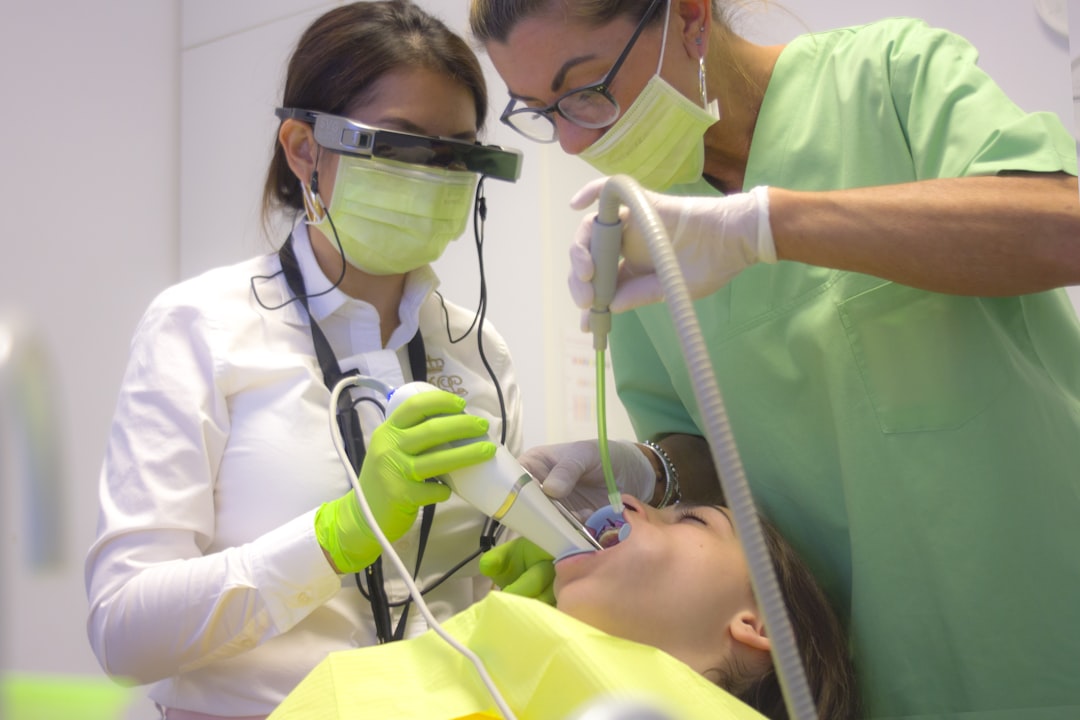What is it about?
A randomized controlled trial was conducted to determine the efficacy of alveolar ridge preservation (ARP), which consisted of socket grafting with a bone biomaterial and sealing the socket orifice with a barrier, compared to tooth extraction alone. The effect that certain anatomical features play in the outcomes of therapy was also assessed. Data was collected on the basis of a comprehensive panel of outcomes (clinical, linear and volumetric dimensional changes, implant-related and patient-centered) over a four-month period after tooth extraction. The results demonstrated that ARP was superior to extraction alone, as it was more efficacious in the maintenance of alveolar bone and reduced the estimated need for additional bone augmentation at the time of implant placement.
Featured Image

Photo by Lesly Juarez on Unsplash
Why is it important?
It is common to lose a significant amount of alveolar ridge volume in the first three to six months after a tooth extraction. Performing a ridge preservation procedure at the time of tooth extraction can preserve much of the natural architecture of the bone after an extraction, minimize the detrimental effects of tooth loss, and reduce the need for additional bone grafting to allow for implant placement.
Perspectives
To our knowledge, this is one of the largest and more comprehensive clinical trials in the topic of alveolar ridge preservation (ARP) to date. We confirmed that the applied ARP therapy was superior to tooth extraction alone and also learned that buccal bone thickness is a strong predictor of volumetric ridge resorption after tooth extraction.
Gustavo Avila-Ortiz
University of Iowa - College of Dentistry
Read the Original
This page is a summary of: Efficacy of Alveolar Ridge Preservation: A Randomized Controlled Trial, Journal of Dental Research, February 2020, SAGE Publications,
DOI: 10.1177/0022034520905660.
You can read the full text:
Resources
Contributors
The following have contributed to this page










